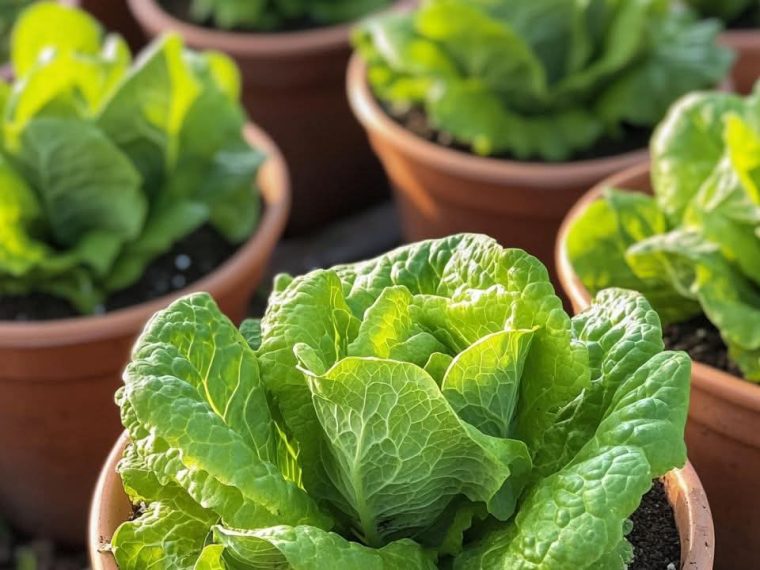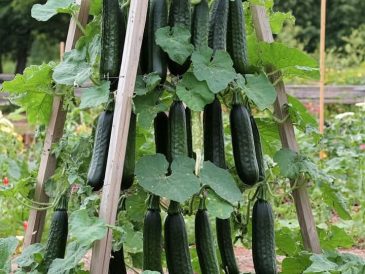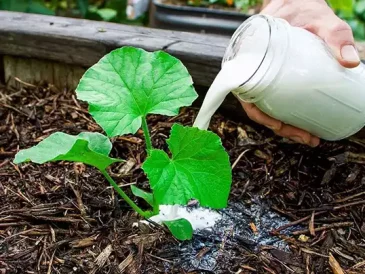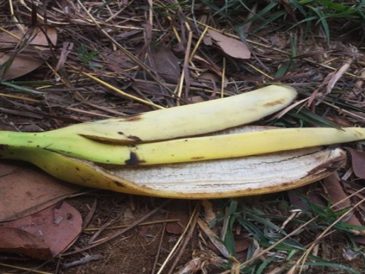Growing lettuce at home is an excellent way to ensure a fresh supply of this leafy green without the need to purchase it from the store. Lettuce is a versatile plant that can be grown in a variety of settings, including small spaces like balconies or patios. By cultivating lettuce in pots, you can enjoy a continuous harvest throughout the growing season. This not only saves money but also provides the satisfaction of eating produce you’ve grown yourself. Additionally, homegrown lettuce is free from harmful pesticides and can be harvested at its peak freshness.
Choosing the Right Container for Lettuce
When selecting a container for growing lettuce, it’s important to consider the size and material. Lettuce has shallow roots, so a pot that is at least 6-8 inches deep will suffice. However, the width of the pot is more crucial, as it allows for multiple plants to grow. A container that is 12-18 inches wide can accommodate several lettuce plants. Materials such as plastic, ceramic, or terracotta are all suitable, but ensure the pot has adequate drainage holes to prevent waterlogging, which can lead to root rot.
Common Lettuce Varieties for Containers
There are several varieties of lettuce that thrive in containers. Loose-leaf varieties like ‘Black Seeded Simpson’ and ‘Red Sails’ are popular choices due to their quick growth and ability to be harvested continuously. Butterhead varieties such as ‘Tom Thumb’ and ‘Buttercrunch’ are also well-suited for pots, offering tender leaves and a compact growth habit. For those who prefer a bit of crunch, ‘Little Gem’ romaine is an excellent option, providing a crisp texture in a smaller form.
Preparing the Soil for Optimal Growth
The soil used for growing lettuce in pots should be rich in organic matter and well-draining. A high-quality potting mix is ideal, as it provides the necessary nutrients and structure for healthy growth. To enhance the soil, consider adding compost or well-rotted manure, which will improve fertility and water retention. It’s also beneficial to mix in a slow-release fertilizer to provide a steady supply of nutrients throughout the growing season.
Step-by-Step Guide to Planting Lettuce
Begin by filling your chosen container with the prepared potting mix, leaving about an inch of space from the rim. Moisten the soil lightly before sowing seeds or transplanting seedlings. If planting seeds, scatter them evenly across the surface and cover with a thin layer of soil. For seedlings, dig small holes and space them about 6 inches apart. Gently firm the soil around the plants and water thoroughly to settle them in place. Position the pot in a location that receives at least 6 hours of sunlight each day.
Ideal Growing Conditions for Lettuce
Lettuce prefers cool weather and can be grown in temperatures ranging from 45°F to 75°F. In hotter climates, it’s best to provide some afternoon shade to prevent bolting, where the plant prematurely flowers and becomes bitter. Ensure the pot is placed in a location with good air circulation to reduce the risk of fungal diseases. If growing indoors, a south-facing window or grow lights can provide the necessary light for healthy growth.
Watering Techniques for Healthy Lettuce
Consistent moisture is key to growing healthy lettuce. Water the plants regularly, keeping the soil evenly moist but not waterlogged. It’s best to water in the morning to allow any excess moisture on the leaves to evaporate during the day, reducing the risk of disease. During hot weather, you may need to water more frequently, but always check the soil moisture level before adding more water.
Fertilization Tips for Lush Growth
Lettuce is a relatively light feeder, but it benefits from occasional fertilization. Use a balanced liquid fertilizer every two to three weeks to promote lush growth. Alternatively, you can apply a slow-release granular fertilizer at the time of planting. Be cautious not to over-fertilize, as this can lead to excessive leaf growth at the expense of flavor and texture.
Effective Pest Control Strategies
Common pests that affect lettuce include aphids, slugs, and snails. To manage these pests, regularly inspect your plants and remove any visible insects by hand. Introducing beneficial insects like ladybugs can help control aphid populations naturally. For slugs and snails, consider using barriers such as copper tape around the pot or applying organic slug pellets. Maintaining good garden hygiene and removing debris can also reduce pest habitats.
Companion Planting Benefits
Companion planting can enhance the growth and health of your lettuce. Planting lettuce alongside herbs like chives and garlic can deter pests due to their strong scents. Marigolds are another excellent companion, as they attract beneficial insects and repel nematodes. Additionally, growing lettuce with radishes or carrots can maximize space and improve soil health through diverse root structures.
Harvesting Your Homegrown Lettuce
Lettuce can be harvested as soon as the leaves are large enough to eat. For loose-leaf varieties, you can pick individual leaves as needed, allowing the plant to continue producing. For head varieties, wait until the head is firm and well-formed before cutting it at the base. Harvesting in the morning ensures the leaves are crisp and fresh. Regular harvesting encourages new growth and prolongs the life of the plant.
Conclusion and Final Tips
Growing lettuce in pots is a rewarding endeavor that provides fresh, homegrown greens with minimal effort. By selecting the right container, soil, and lettuce variety, you can enjoy a bountiful harvest throughout the season. Remember to monitor watering, provide adequate sunlight, and protect your plants from pests. With these tips, you’ll be well on your way to enjoying delicious, homegrown lettuce straight from your own garden.





